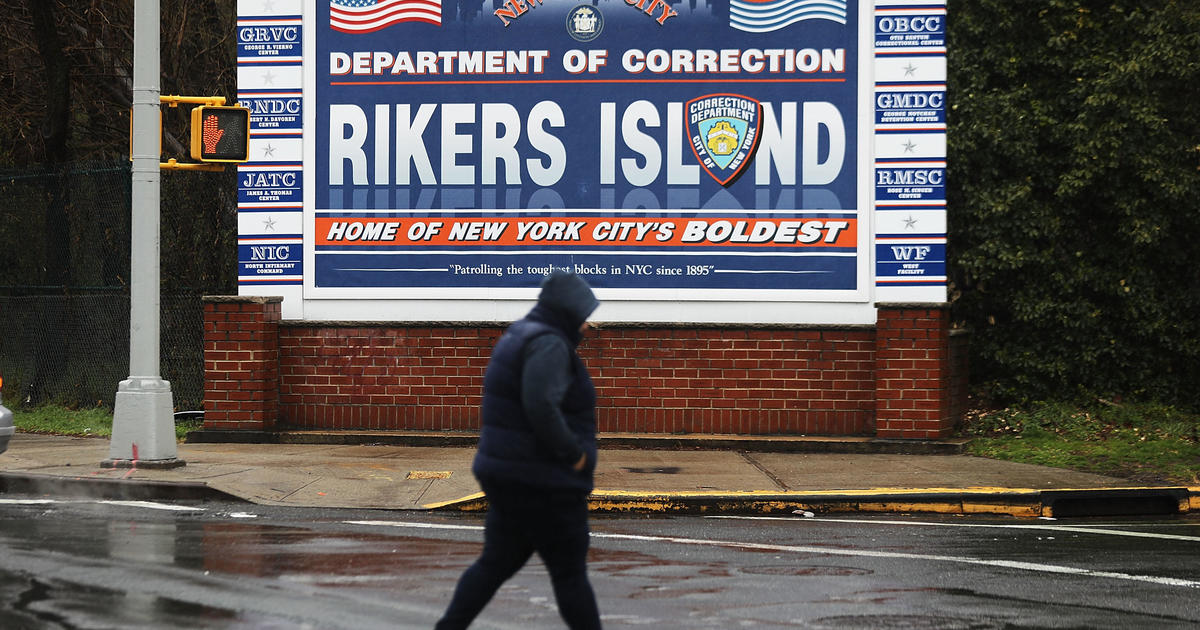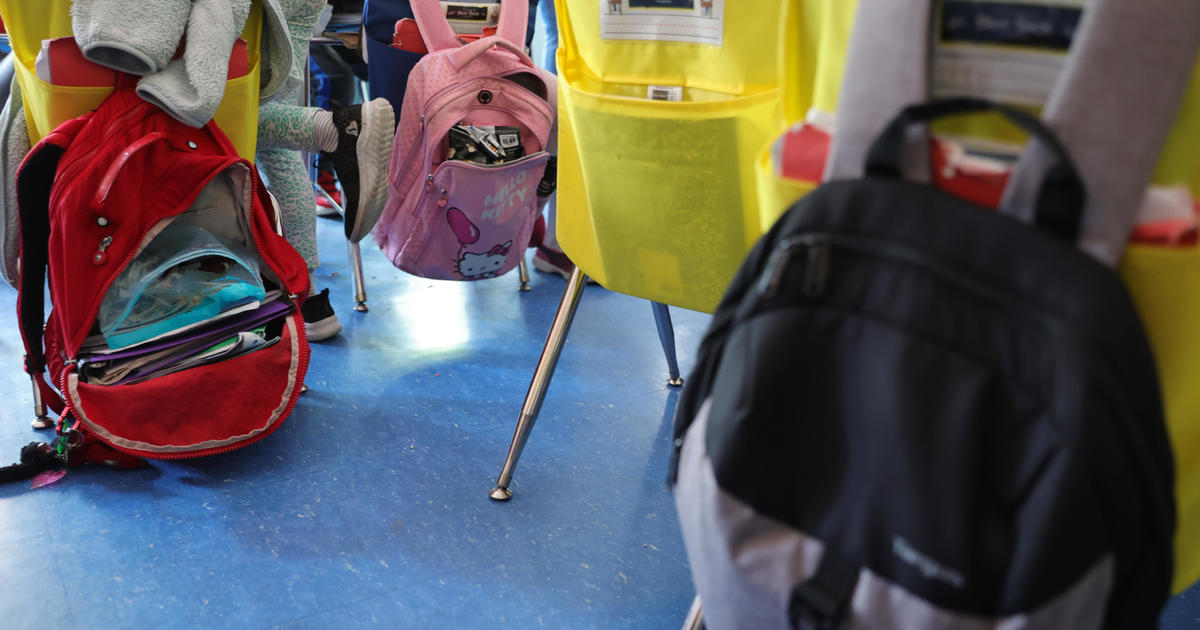Thousands of new "Wrong Way" and "Do Not Enter" signs installed to warn drivers getting on Long Island highways
CARLE PLACE, N.Y. -- New York has rolled out thousands of new signs on Long Island to better warn drivers if they are getting on a highway the wrong way or where trucks are not allowed.
The effort is aimed at preventing wrong-way crashes and trucks striking low overpasses. The signs are bigger and brighter, and state officials hope drivers can't miss them.
The new, highly-reflective signs were installed at more than 700 locations on Long Island.
In the wake of repeated wrong-way fatal crashes, 3,600 new "Wrong Way" and "Do Not Enter" signs were just installed at 422 ramps.
Now, there will be even more that are harder to ignore because they're placed at eye level.
"Many of the wrong-way crashes involve impaired drivers," said New York State Dept. of Transportation Chief Engineer Nicholas Choubah. "Generally we install signs at 7 feet."
Duplicate signs have now been placed at 4 feet.
To deter bridge hits, "Low Clearance" signs are 75% bigger at 282 Long Island parkway locations built nearly a century ago with low stone arch bridges for passenger cars.
"Sometimes commercial traffic does end up on those roadways and sometimes some of those commercial operators aren't very familiar with the roadways and aren't aware that those bridges are not designed or made to accommodate the heights of their trucks," said New York State Police Major Stephen Udice.
Since old roads won't be rebuilt, AAA says new signage is the best option.
"Many exits where the entrance is right next to the exit, and at night with the poor signage in the past, it's very easy for somebody to get on the wrong way and wind up getting into a wrong-way crash. So this is a good thing that's being done," said Robert Sinclair, of AAA Northeast.
When it comes to bridge strikes, GPS apps have added to the problem. Not all truck drivers use commercial GPS that would route them properly. There's a nationwide effort to make that mandatory.




